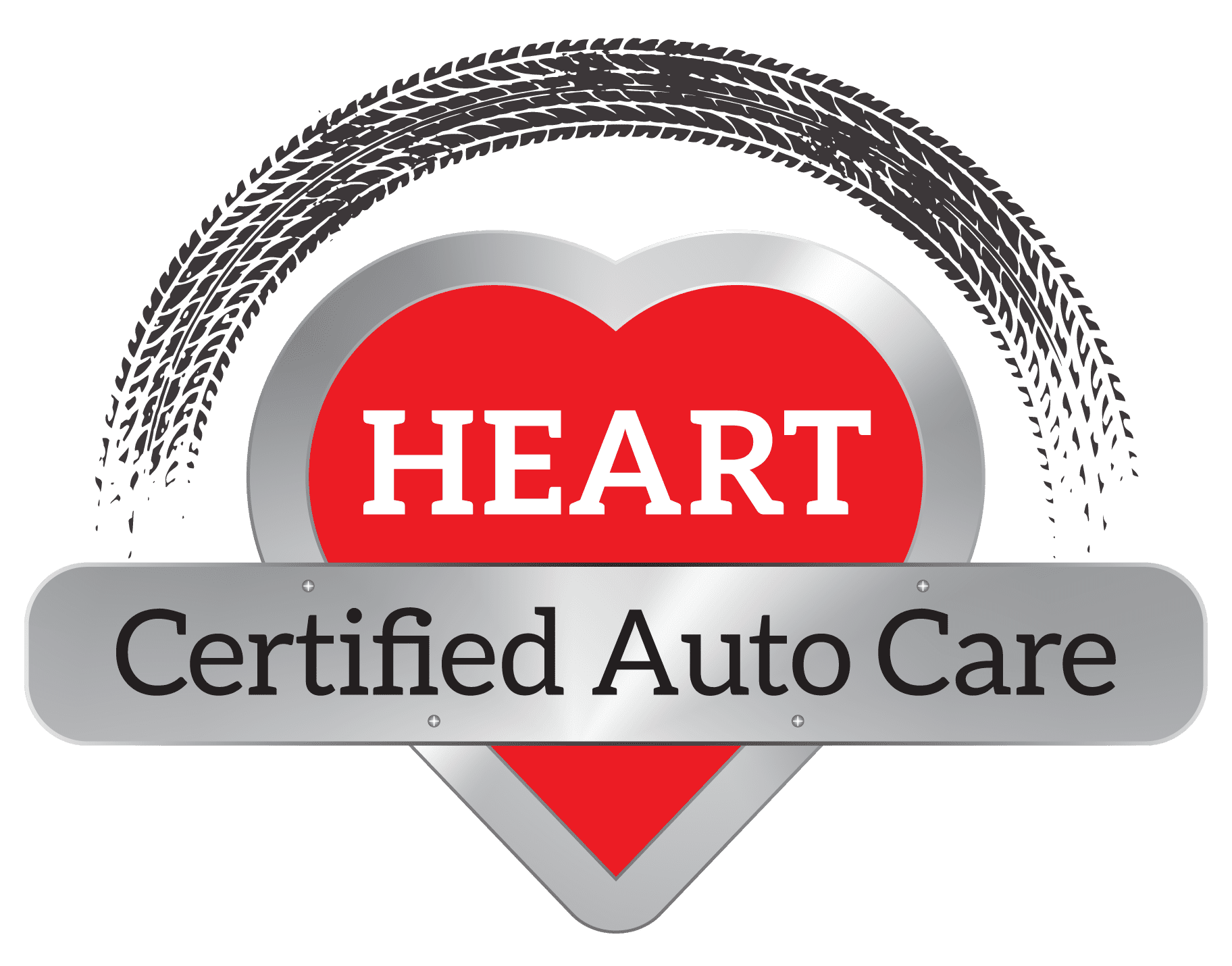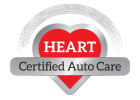Evanston’s Top Shop for Ford F-150 Service

The Ford F-150 is undeniably America’s truck. For over 40 years running, it has dominated as the best-selling vehicle in the United States. Its versatility, power, and rugged durability make it the perfect fit for everyone– from construction crews to families.
This article will provide an overview of what makes the F-150 so great, as well as the repairs and maintenance commonly needed to keep your truck running smoothly for years to come.
The Workhorse F-150: What Makes it Great

When the F-Series launched in 1948, Ford revolutionized the pickup truck segment. Groundbreaking innovations continued through the 60s and 70s. After the F-150 debuted major upgrades for the 1980 model year, it cemented its status as the king of trucks.
Today’s models tout towing capacities over 13,000 lbs, payloads up to 3,270 lbs, and high-output twin-turbo V6 or V8 engines pumping out up to 450 horsepower. Whether you need brute force for the worksite or a comfortable, tech-loaded family truck, the versatile F-150 delivers.



Common Repairs and Maintenance Items
Now, let’s get into some of the common repairs and upkeep needed for any hard-working F-150 over its lifetime. Handling these maintenance tasks not only prevents bigger problems but also extends the truck’s reliability.
The F-150 takes plenty of punishment through rugged use. Like any vehicle, its components wear down over time. Fluids lose effectiveness, filters get congested, and ignition parts degrade creating performance issues. By 100,000 miles, most trucks need the following:
Oil Changes and Fluid Flushes
Brake, Rotor, and Pad Replacement
Ignition Components
Filter Replacements
Starter and Alternator
Suspension Components
Exhaust Repairs
Beyond 100k miles, more intensive repairs come into play:
Engine and Transmission Overhauls
AC System Components
Water Pump and Radiator
Power Steering and Electrical Gremlins
Collision Body Repairs
Choosing the Right Shop for Your F-150
- Do techs hold training certifications?
- What warranty protections come with repairs?
- Do they offer transparent pricing?
- Convenience factors like same-day service and free loaner cars demonstrate commitment to customer service.
Here in Evanston, HEART Auto Care meets every qualification as the top shop for F-150 service and repairs. With an entire team that’s trained and certified, and decades collectively servicing Ford cars, no one understands your truck better.
Caring properly for the backbone of your work and family life maintains the F-150’s functionality. Continuing to follow factory recommendations for fluids, filters, and components keeps your truck fulfilling its purpose year after year while protecting resale value.
Conclusion
Developing a relationship with a certified shop gives confidence in repairs done right the first time. Don’t leave your prized truck’s care in uncertain hands. Contact a dedicated F-150 repair shop in Evanston for scheduled maintenance and skilled troubleshooting as soon as problems surface. Investing in preventative care reduces overall costs and lets your F-150 log another decade of reliable miles.







